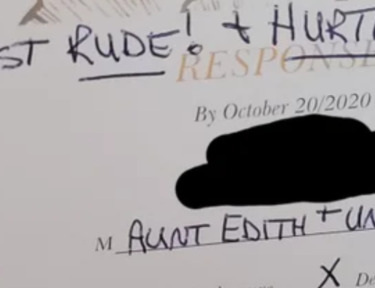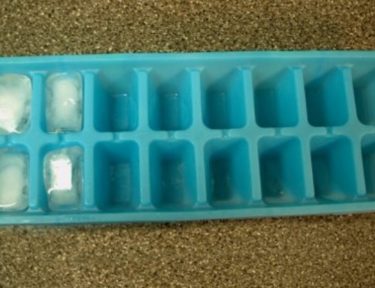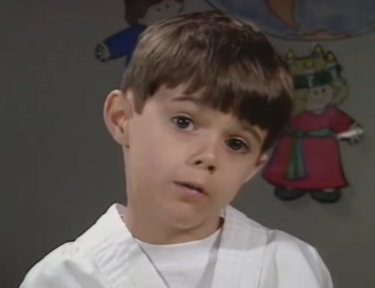Joanna Gaines Pulls Curtain Back on A Less Than Perfect Childhood
Joanna Gaines and her husband Chip are the star’s behind “Fixer Upper” the home renovation show. This is the lively television show that brought “Farmhouse Chic” to the world. A typical episode features a homebuyer who is shown 3 potential homes that all require renovation. Then, the homebuyer makes their decision and The Gaines couple works their magic.
The hunky Chip Gaines is shown demolishing parts of the home while the beautiful Joanna comes in at the very end with beautiful home decor with items such as pictures, lamps, rugs, throw pillows , etc. Their renovations always feature plenty of wainscoting, shiplap, clawfoot bathtubs, and barn doors. If this isn’t enough, they are parents to 5 kids, have a home decor business, magazine (Magnolia Journal), and a tourist destination in Waco, Texas.
Watching Joanna Gaines over the years, I have always been curious about how she seems so perfect. Lately, she has done a series of interviews with USA Today and The Today show addressing her drive to be perfect.
In an interview with USA Today she talks about how she had the need to appear perfect. In 2003 the Gaines couple was facing hard financial times, but Joanna
Planned “over-the top” birthday parties for her kids to keep up appearances.
“When that fear is driving you, then you (might) fake it and pretend like, ‘OK, I have these elaborate birthday parties even though I can’t afford any of the stuff,’” she says. “The stuff I was internally processing during those times when things were really hard for us, we were growing a business that was young. We had young kids. I think we were in a house we probably shouldn’t have been in because the mortgage was higher than” they could afford. “
Recently, Joanna Gaines appeared on Today with Hoda Kotb to discuss her new book The Stories We Tell. As she started writing, she was in a darker place and wanted to hide. By the end of the process, she found healing in opening up and sharing her experiences.
“When you’re open to share your story, hopefully that inspires other people to feel open, to be vulnerable. I think that’s where healing is, that’s where connection is, that’s where community is,” she said. “When you want to hide, that’s where isolation is, that’s where loneliness is.”
Joanna was different from the other kids in rural Kansas where she spent some of her childhood. She was often teased because her mother is of Korean descent.
“I tried my best to fit in, acting as though I didn’t get their jokes about my slanted eyes or hear their whispers when I’d opt for rice instead of fries in the cafeteria line,” she wrote in “The Stories We Tell.”
“I watched it play out with my mom as well, in how she pretended not to notice the slow glances at the grocery store or hear the quiet insults under someone’s breath,” Gaines stated. “So I pretended too.”
Later in life, Joanna thought she changed, but the feelings of shame and insecurity remained. Since these feelings weren’t dealt with they returned in other ways. She had to be perfect.
She had a fear of failure, the couple’s future and what people thought. It became exhausting for Joanna to keep “all the balls in the air.” Since she couldn’t fix her feelings, she made her life look perfect. This made life harder.
This book has been more of a “personal journey” for Joanna. She finds it as a way to connect with her past and inspire others to be open about their lives.
“There’s something about that openness that leads to connection, which I feel like we’re all wanting,” she said.
“And in that, you have to be open, and you have to share the ugly parts, the beautiful parts, all of it. Not just the facade that you’re wanting to present.”




